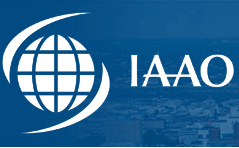Journal of Property Tax Assessment & Administration
Abstract
Assessment caps lead to inequities because the same growth limit is applied to high and low growth properties. High growth properties that fall under the cap have assessments artificially lowered relative to prices resulting in lower effective tax rates. This paper presents a method to transition out of a capped assessment system where instead of stipulating the percentage increase in assessment, this paper explores limiting the rate of value that can be captured, defined as the difference in the market value and the capped assessed value. Unlike the assessment cap approach which benefits high-growth properties, this approach conversely shifts the burden to high growth properties that have benefited from the cap. With the value recapture approach the burden is shifted to properties that have benefitted most from artificially low assessments, are furthest from market values, and therefore have more value to recapture. The inequities resulting from capped assessment are well known and can be of two forms – horizontal and vertical inequity. Using New York City data we use Gini measures of equity to show that the value recapture approach converges to an equitable state faster than when assessment increases are capped. The measure of vertical equity is the Modified Kakwani Index whereas the index for horizontal equity is introduced in this paper for the first time as the ratio of the within-group Gini to the citywide Gini. The within-group Gini is the weighted average of the subregion Ginis. Horizontal equity exists when all the subregions have the same Gini as the citywide Gini, or that the ratio is one. With NYC data, we show that it is possible for the ratio to be at 1 within five years of transitioning out of capped assessments.
Keywords
Value increment taxation; Property tax administration; Assessment ratios; Equity
Recommended Citation
Quintos, C.
(2023).
Transitioning out of capped property assessments: The value recapture approach.
Journal of Property Tax Assessment & Administration,
20(2).
DOI: https://doi.org/10.63642/1357-1419.1263


